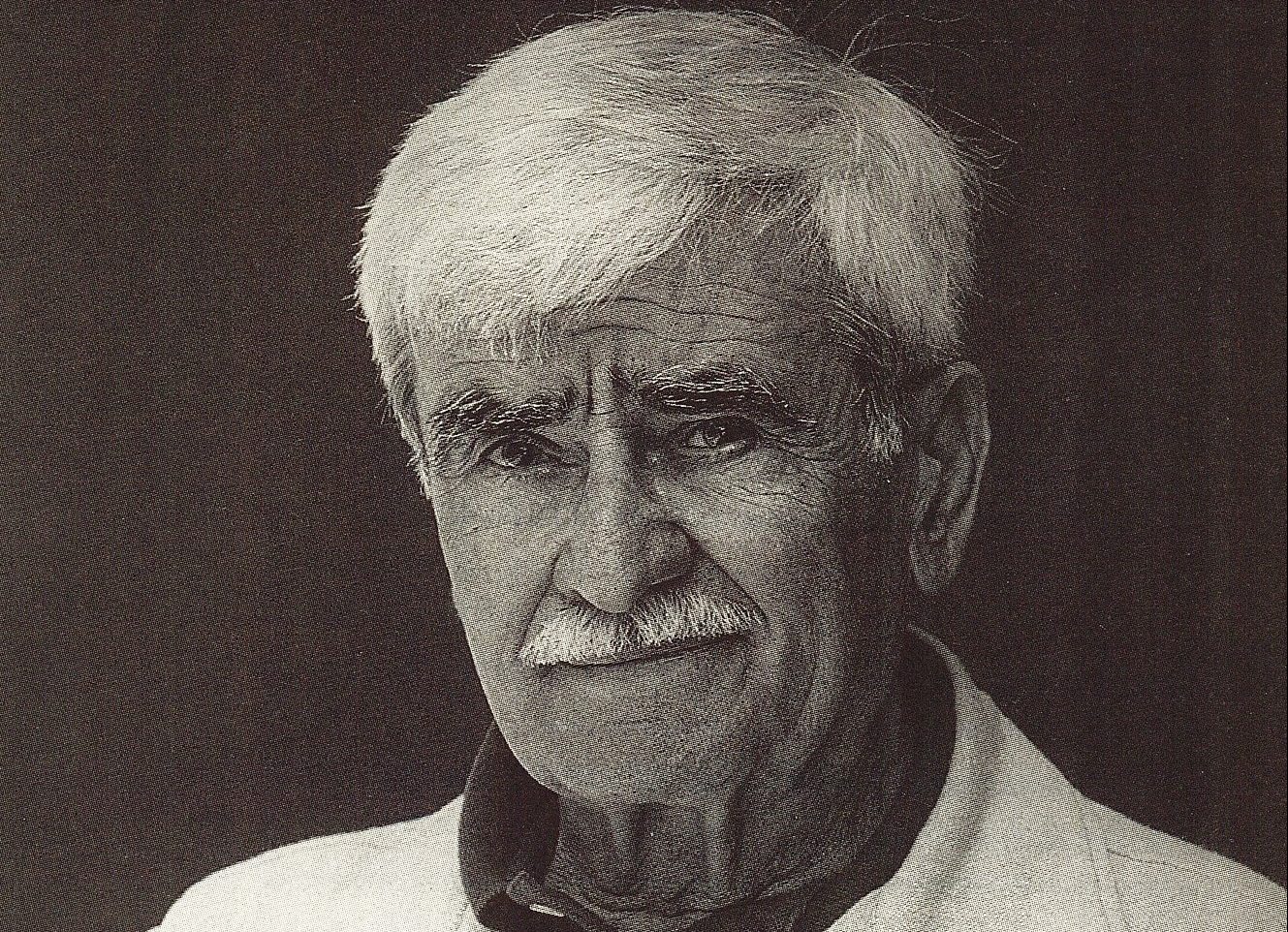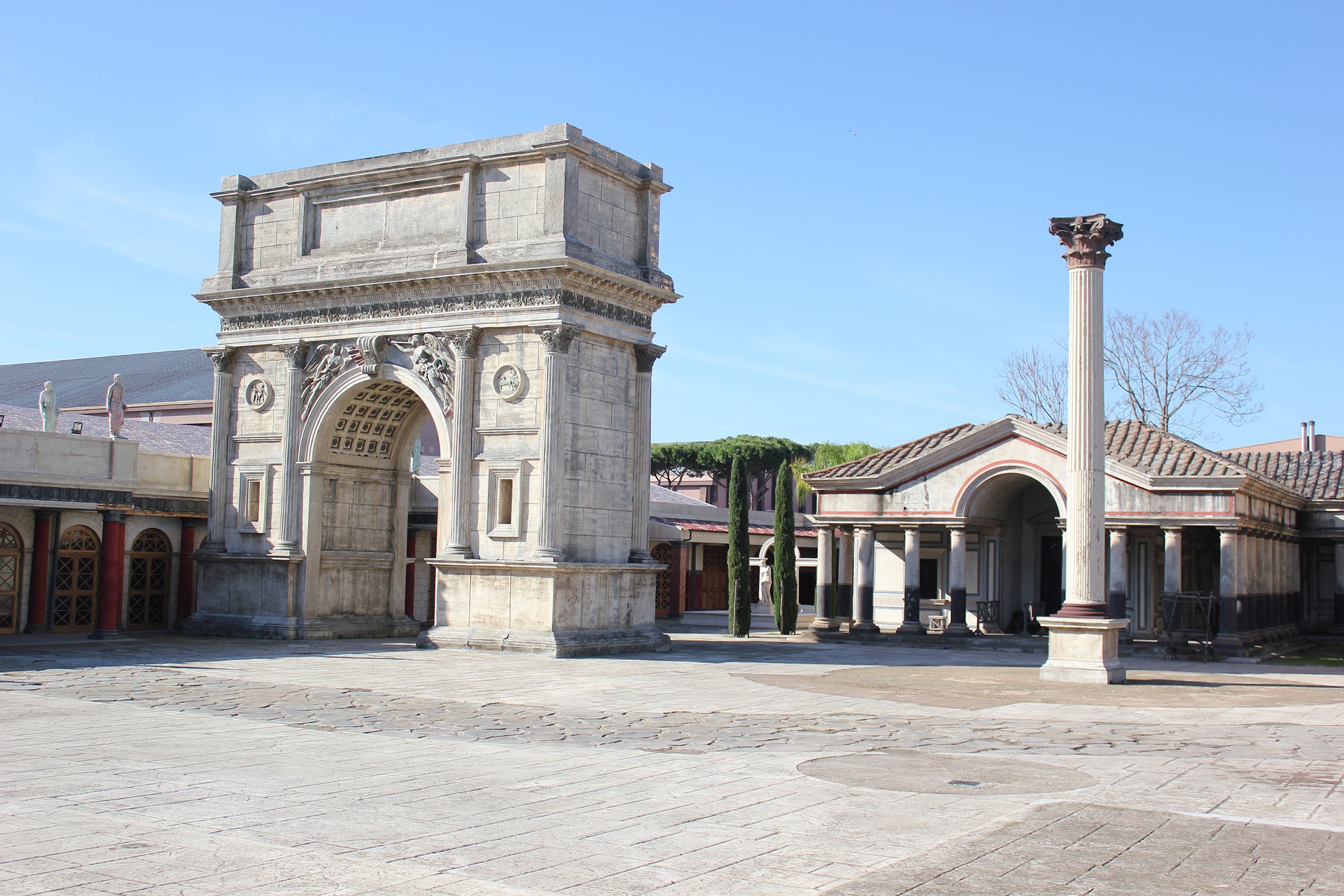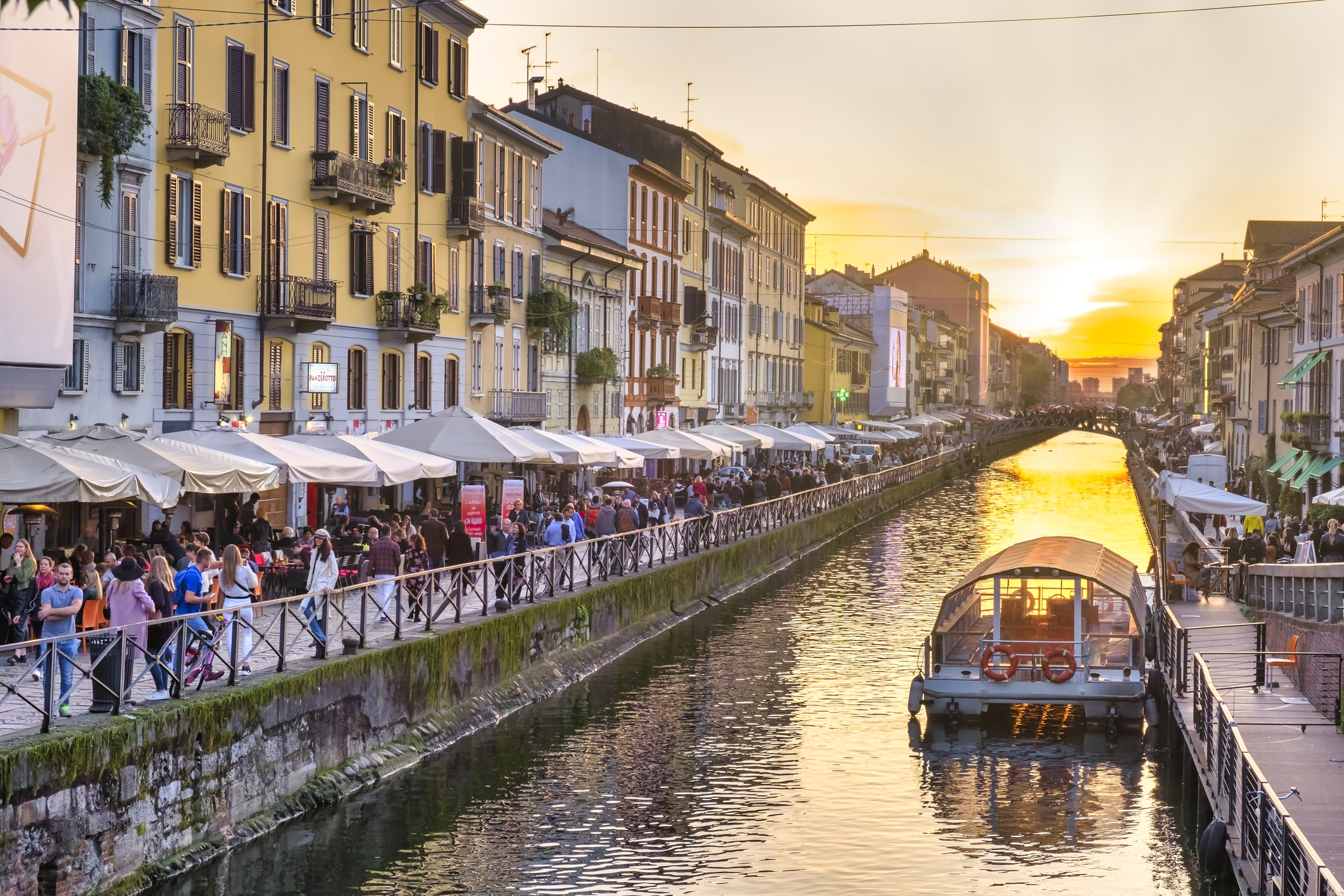This year Italy celebrates 100 years anniversary of Alberto Burri’s birthday, one of Italy’s most important contemporary painter and sculptor.
He was born in Città di Castello, in Umbria, on March 12th, 1915 and had a very peculiar life, considering what he ended up becoming. Alberto Burri in fact graduated from medical school at the University of Perugia, he specialized in tropical medicine and participated to World War II as a doctor.
Two days after Italy entered the War, he was called as a medic to serve in Libya. In 1943 after the Axis forces were defeated at El Alamein, his unit was captured in Tunisia, he became a prisoner and interned in Camp Howze, in Gainesville, Texas. And it was exactly in Texas that Burri started to paint.
His first paintings were views of the desert he could see from the prison camp and still life with paints and canvases supplied by the YMCA. He would also paint some nostalgic memories of views of Umbrian landscapes.
When he finally returned to Italy, he had the habit to paint on old burlap sacks and brought a bunch of them back with him and continued to use them in place of canvas.
As all artists, he decided to go against the opinion of his family and friends, and in 1946 he moved to Rome to pursue a full-time career as painter. The only supporter of his decision was his cousin, a musician, who introduced him to the Roman art circle.
Burri, started to work incessantly and would incorporate his paintings unusual materials such as plastic cements, resin, zinc oxide, pumice and kaolin, tar and PVC adhesives in, which reflected his affinity for science.
Burri has created a series of works in the industrial insulating material called Celotex
At the time the most popular artistic movement in Italy was the Arte Informale. Burri was a very private and solitary artist, and formally distanced himself from this kind of art. Yet, much of his work was based on Informale aesthetic and ideas, and today he is generally recognized as an Arte Informale artist.
In the mid-1950s, Burri introduced new elements in his art: his burlap works were combined to charred wood, followed by scrap iron sheets fixed onto the wood, as well as colored and transparent sheets of plastic.
But it was only in the 1970s that he began his “cracked” paintings, or “cretti”, today his most recognizable signature as an artist. He created a series of works in the industrial insulating material, Celotex, from 1979 through the 1990s, and in the 1980s, Burri had the genius idea to combine his “cracked” art with the landscape, crating a sort of land art. His first project was in Sicily, in the town of Gibellina, which had been abandoned following the 1968 Belice earthquake.
Burri decided to cover an area of over 120,000 square metres (1,300,000 sq ft), which consisted of most of the old town, with white concrete, divided into large pieces and called this the Grande Cretto (The Big Cretto).
During his career Burri also returned to the USA, the land were his art was first born, and his work was included in the group exhibition “Younger European Painters: A Selection at the Guggenheim Museum”. Another coincidence is that his first U.S. retrospective was presented by the Museum of Fine Arts in Huston, Texas, in 1963.
During his career he gradually gained fame all around the world and was rewarded with many awards: in 1960, Burri won Third Prize at the Carnagie International, Pittsburgh. In 1959 he was awarded the Premio dell’Ariete in Milan and the UNESCO Prize at the Sao Paulo Biennal. In 1960 there was a solo show of Burri’s art at the Venice Biennale, where he obtained the Critics’ Prize. At last, a year before passing away, in 1994 Burry was awarded the Order of Merit of the Italian Republic.
After 100 years from his birthday, we can tell he was right to follow his dream and become an incredible artist.






























